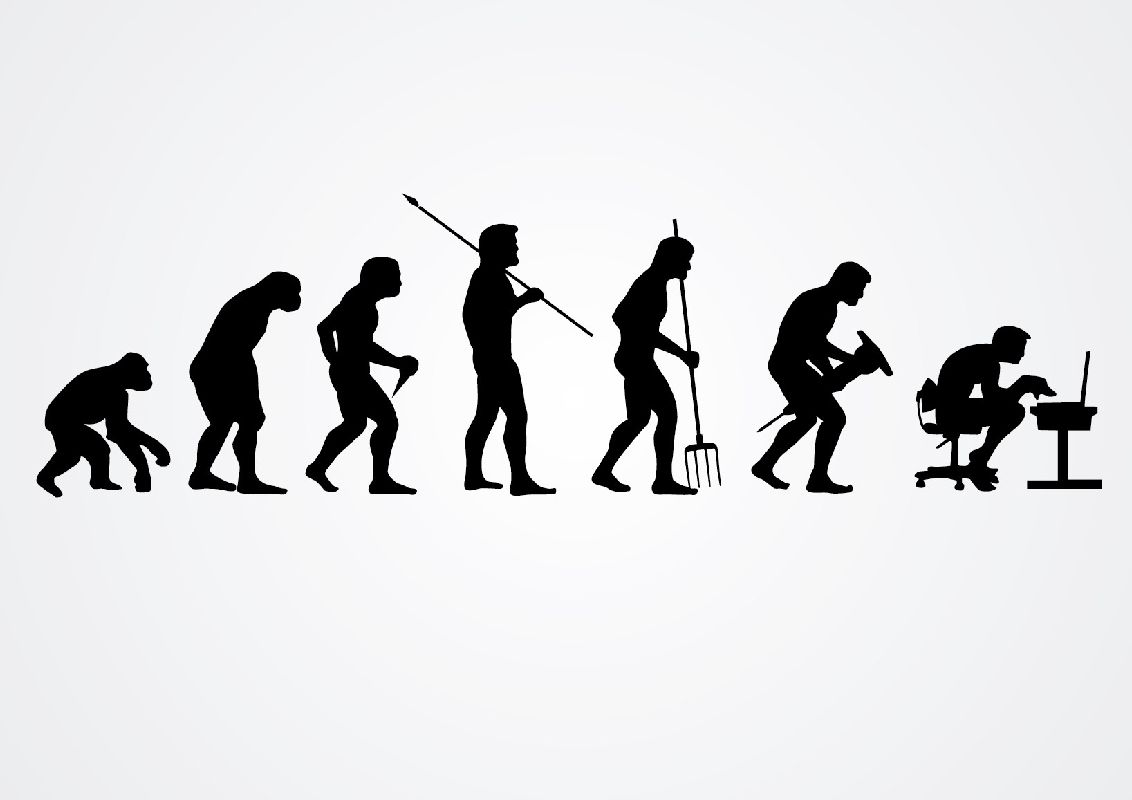
As the famous march of progress image illustrates, humankind has evolved to stand up straight. This upright position has allowed mankind to reach new heights and freed the hands to hold tools. This, in turn, allowed for creativity and new forms of production - propelling us to the pinnacle of the food chain. However, our own production and creativity are now harming the very posture that got us there. Office work, constantly staring at phones and sitting all day is pulling our shoulders forward and arching our backs. This classic question mark look is reminiscent of the early depictions of man in the march of progress. It can cause back, shoulder, and neck pain, crippling your quality of life. Below is an exercise guide that can be done at work to counter the effects.
Take Note - Points To Consider Before Starting
It is vital to seek medical advice if you have an injury or a disability that could be exacerbated by taking part in physical activity.
Thoroughly warming up before and after exercise is key to avoiding the chance of injury.
And finally, it's important to know that muscles loosely work in pairs. If one is too tight it makes the opposite muscle too loose.
Now, onto the exercises!
I recommend performing each of these exercises daily if possible for at least 10 repetitions to start with. Each of these exercises should be done daily but can be performed at any time, in particular, if your back, neck or hip feel painful.
Seated Trap Stretch
Equipment needed: a chair
Forward head posture can cause strain on the trap muscles. These upper back muscles are used mainly for tilting and turning your neck and head. Tight traps can cause debilitating head and neckaches. You can loosen these up and help pull your head position back by performing a seated trap stretch.
Sit up on a chair with your back straight, use one hand to hold onto the chair, tuck in your chin slightly, tilt your to the side slightly while looking ahead, then using your other hand hold onto the top of your head. Hold the position between 30 to 60 seconds, then return your head to the neutral position - facing forwards, follow this with a stretch to the other side as well.
Take note: use only gentle pressure to increase the stretch - do not force your head into the position. And go as slowly as feels comfortable.
License this feature
The body of this feature has been restricted...
